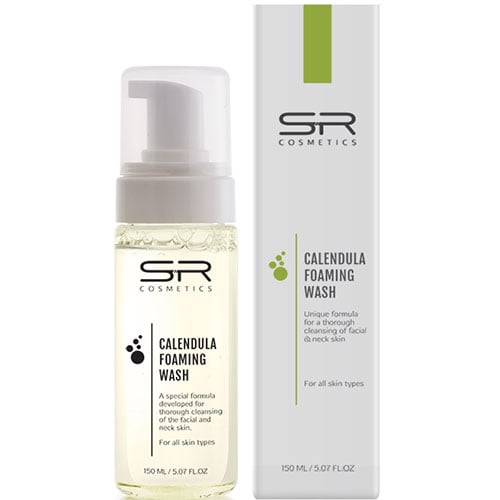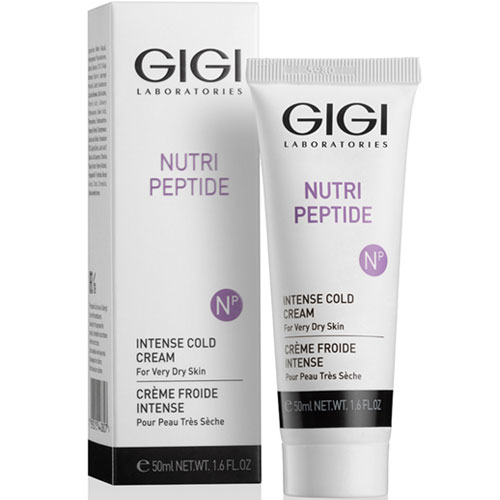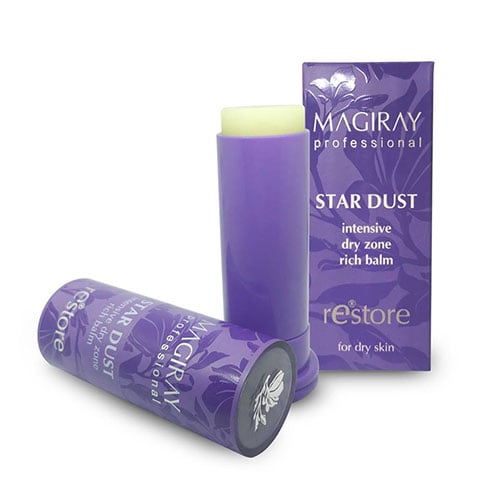Understanding Winter Skin Challenges
Cold air, dry indoor heating, and sudden temperature shifts can strip the skin of moisture and compromise its barrier. That’s why adjusting your skincare routine and using the right products is essential to keep skin soft, calm, and glowing all winter long.
In fact, skin moisture levels can drop by 30–50% during winter. While oily skin may feel more balanced, dry or sensitive skin often becomes flaky, irritated, and tight. Winter is the ideal time to rethink your routine and give your skin the extra care it needs.
Gentle Cleansing Is Key
Swap harsh cleansers for gentle options like cleansing milk, cream cleansers, or hydrophilic oils that maintain your skin’s natural barrier. Avoid alcohol-based toners and drying gels, even if your skin is oily or combination.
Soothing ingredients like chamomile extract, allantoin, and aloe vera can help calm winter-stressed skin and reduce redness or tightness.

Go Easy on Peels and Scrubs
Strong exfoliants can further damage dry winter skin. Instead, opt for gentle exfoliation 1–2 times a week using:
- Enzyme peels (papaya, pineapple)
- Mild gommage formulas
- Lactic acid-based products
After exfoliating, wait at least one hour before heading outdoors to avoid heightened sensitivity to the cold. Save stronger exfoliants for warmer seasons.
Hydration First, Then Nutrition
Winter skincare should focus on both hydration (water content) and nutrition (oils and lipids). Apply moisturizers in the evening or at least one hour before going outside to prevent moisture loss or cold-induced irritation.

Look for:
- Hyaluronic acid – deep hydration
- Glycerin – moisture-binding
- Ceramides – barrier repair
- Shea butter, squalane, or jojoba oil - nourishment and protection
Complement your routine with hydrating masks or serums 1–3 times per week. Ingredients like niacinamide support the skin barrier, while vitamin E helps defend against winter environmental stress.
Smart Application = Safe Skin
Always cleanse and moisturize at least 60 minutes before going outdoors. Water-based products can freeze on your skin in extreme cold, leading to irritation and micro-cracks.
For added protection, layer a balm with beeswax or plant butters over your moisturizer to seal in hydration and shield skin from wind and frost.
Don’t Forget Lips, Hands, and Eyes
These delicate areas are especially prone to winter damage:

- Lips: Use nourishing lip balms with beeswax, cocoa butter, or lanolin. Reapply throughout the day.
- Hands: Protect with creams containing panthenol, urea, and natural oils like almond or avocado. Don’t skip gloves!
- Eyes: Use eye creams with hyaluronic acid, peptides, or caffeine to hydrate and minimize puffiness and fine lines.
SPF Still Matters
Snow reflects up to 80% of UV rays, and UVA radiation is present year-round. Keep applying broad-spectrum SPF 30+ daily—even on cloudy days.
For sensitive winter skin, consider mineral sunscreens with zinc oxide or titanium dioxide for gentler protection.
Healthy Habits for Radiant Winter Skin
A strong skincare routine starts from within. Support your skin by:
- Staying hydrated – drink water regularly
- Using a humidifier – balance indoor air moisture
- Eating well – focus on omega-3s, vitamin C, and vitamin A
- Sleeping 7–8 hours – for optimal skin regeneration
Product Recommendations
When shopping for winter skincare, seek out these hero ingredients:
- Shea Butter – softens and protects
- Hyaluronic Acid – deep hydration and plumpness
- Niacinamide – strengthens and soothes
- Ceramides – restore the skin barrier
- Calendula & Chamomile – calm sensitive or reactive skin
Final Tip: Listen to Your Skin
Every skin type reacts differently in winter. Pay attention to what your skin needs, whether that’s more hydration, less exfoliation, or extra nourishment. Adjust your routine as needed, and don’t be afraid to rotate products to find the best fit throughout the season.
















